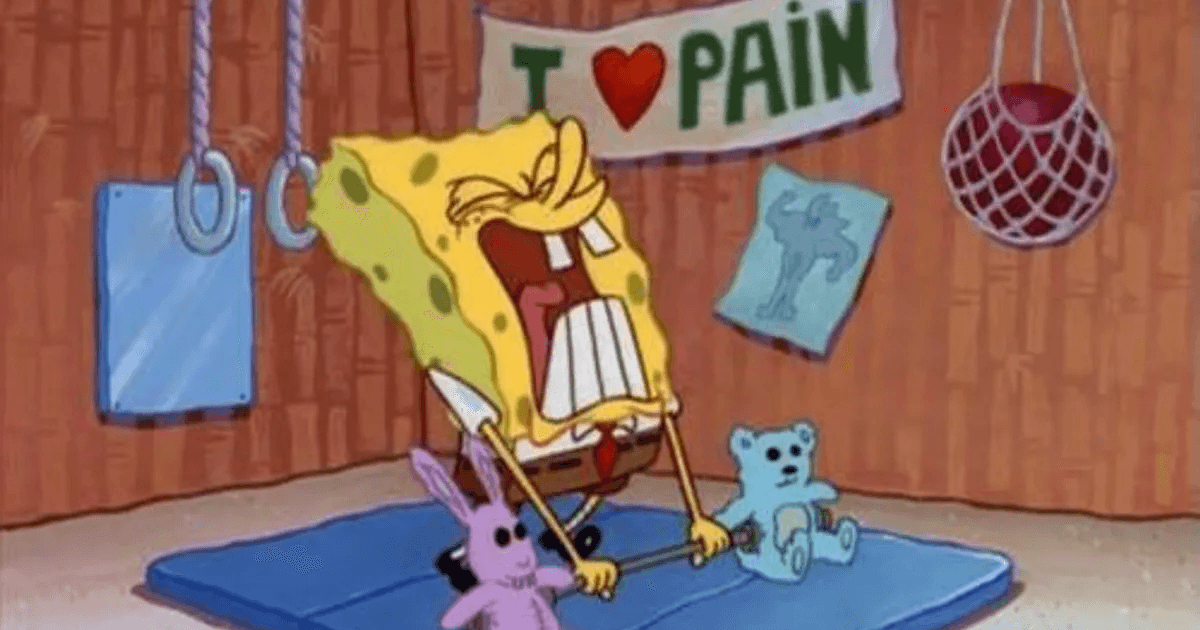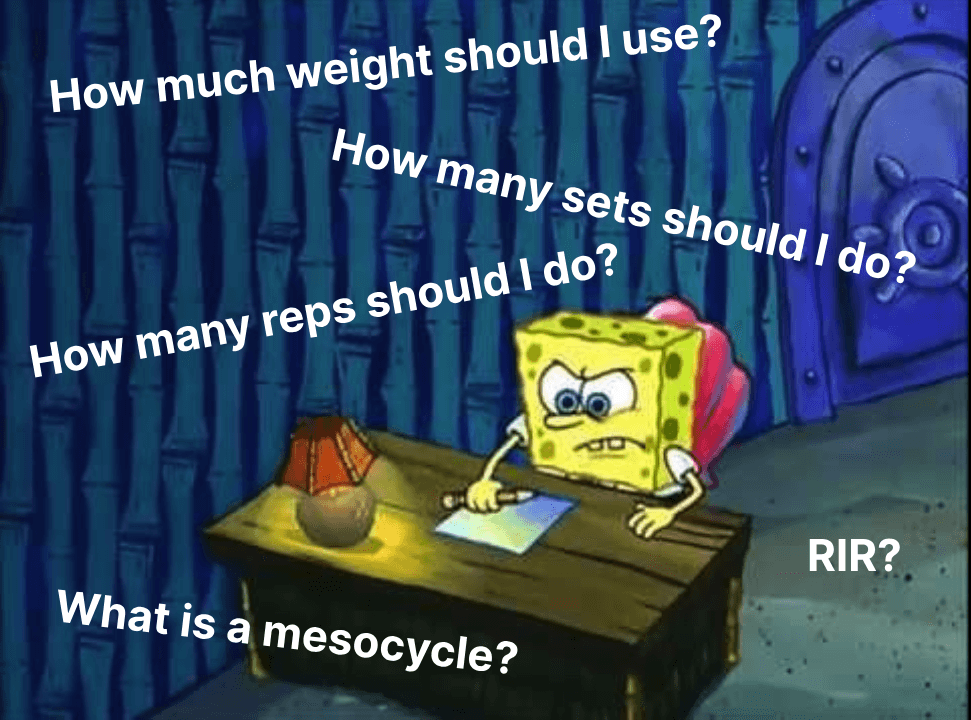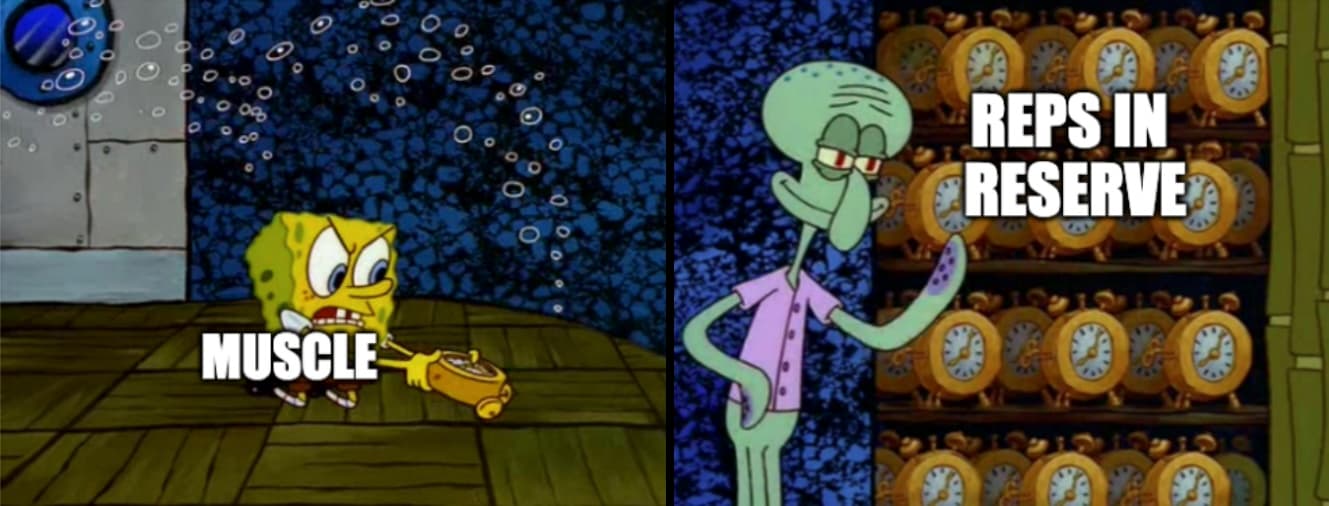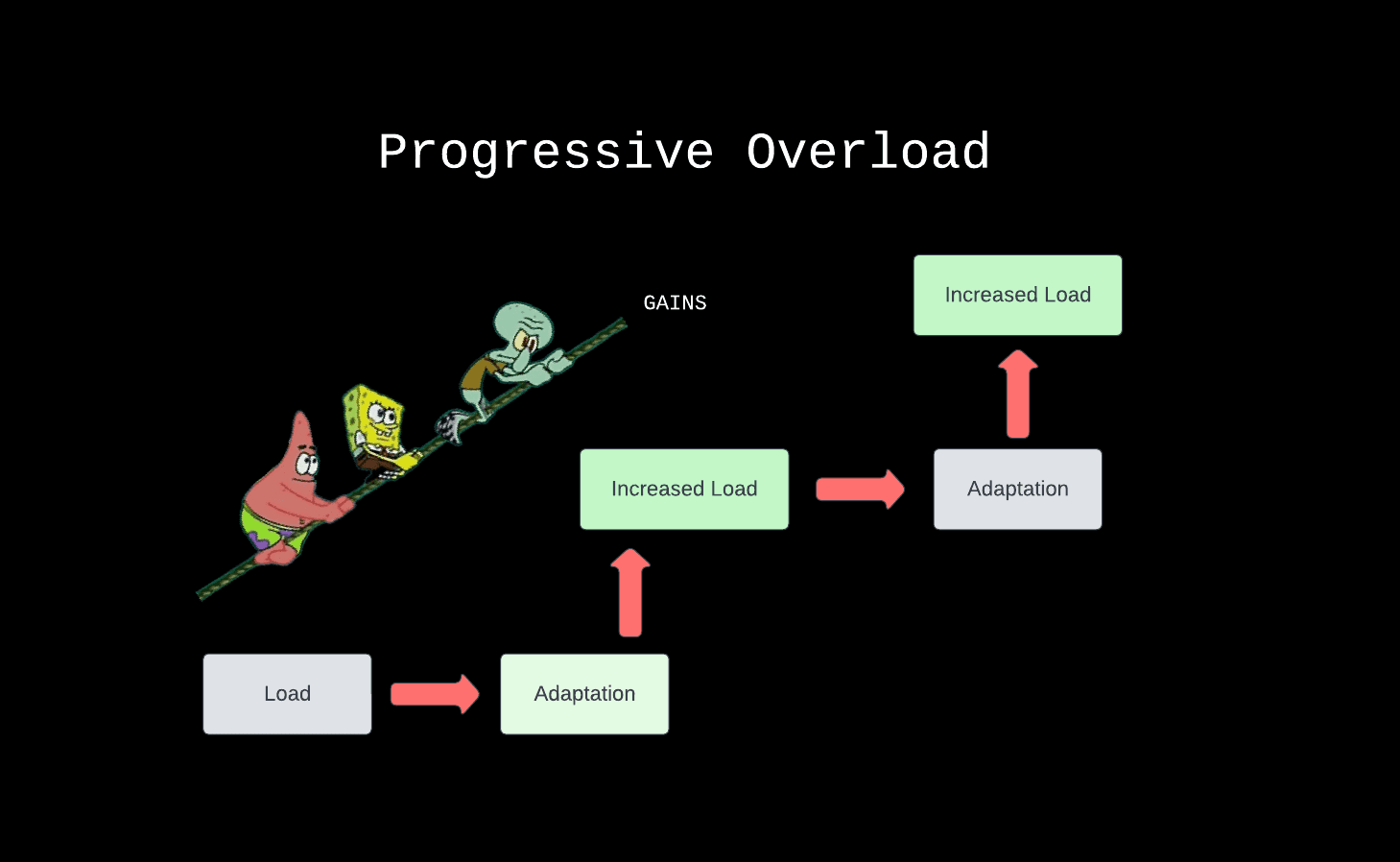Mastering Volume for Maximum Muscle Growth



Today, we'll explore how to determine the best workout volume for your goals, and share practical tips and scientific insights about optimizing workout volume for maximum gains. Let's improve your hypertrophy training and enhance your results!
The Foundations of Muscle Growth
First, let's define our terms:
- Muscle Hypertrophy: The increase in muscle cell size. This is what makes your muscles bigger and stronger.
- Workout Volume: The total work you do for each muscle group per week, measured by the number of sets multiplied by the number of reps.
- Progressive Overload: Gradually increasing the weight, frequency, or number of reps in your strength training routine.
What is a set anyways? When we're talking about the a set, i.e. what counts as 1 set, we're going to be assuming that:
- It was done with good form
- It was done with 5-30 reps
- It was done with 0-3 RIR (Reps in Reserve). You can read more about RIR here. Basically, RIR is the number of reps you could still do after you've finished the set.
Whenever we're talking about volume, we need to talk about Volume Landmarks. These are the different thresholds of training volume that drive specific physiological responses. These landmarks include:
-
Minimum Effective Volume (MEV): The lowest volume needed to stimulate muscle growth.
-
Maximum Adaptive Volume (MAV): The optimal volume for maximum growth.
-
Maximum Recoverable Volume (MRV): The maximum volume the body can recover from. Exceeding this would do more harm than good.
We'll refer to this landmarks later in the article when talking about how much volume we should do per muscle group.
The Science: Mechanical Tension vs. Metabolic Stress
Muscle growth comes down to two primary drivers:
- Mechanical Tension: The force produced by your muscles during resistance training. Think heavy weights and compound movements.
- Metabolic Stress: The buildup of metabolites in your muscles during exercise. Think "the pump" you get from high-rep sets.
Both are crucial for optimal hypertrophy. Here's how to leverage each:
- For Mechanical Tension: Focus on compound lifts like squats, deadlifts, and bench presses. Use weights that allow 6-12 reps per set.
- For Metabolic Stress: Incorporate higher-rep sets (15-30 reps), shorter rest periods, and techniques like drop sets or blood flow restriction training.
Balancing these elements is key. Don't just chase the pump, and don't solely focus on lifting heavy. A mix of both will yield the best results.
The Magic Number: How Many Sets Per Week?
Based on current research and my own experiments, the sweet spot for most people is 12-20 sets per muscle group per week. But here's the catch: this can vary based on your experience level, recovery capacity, and individual response to training.
Remember, more isn't always better. Quality trumps quantity every time. Here's a breakdown by muscle group for intermediate lifters (3-7 years of experience):
| Muscle Group | Minimum Effective Volume (MEV) | Maximum Adaptive Volume (MAV) | Maximum Recoverable Volume (MRV) |
|---|---|---|---|
| Abs | 0-4 | 4-12 | 12-20 |
| Back | 6-8 | 8-20 | 20-26 |
| Biceps | 4-8 | 8-20 | 20-26 |
| Calves | 4-6 | 6-12 | 16-24 |
| Chest | 4-6 | 6-16 | 16-24 |
| Delts (Front) | 0-2 | 4-8 | 8-12 |
| Delts (Side) | 6-8 | 8-24 | 24-30 |
| Delts (Rear) | 0-4 | 4-12 | 12-20 |
| Forearms | 0-8 | 8-24 | 24-30 |
| Glutes | 6-8 | 8-24 | 24-30 |
| Hamstrings | 4-6 | 6-12 | 12-16 |
| Quads | 4-6 | 6-14 | 14-18 |
| Traps | 0-4 | 4-12 | 12-20 |
| Triceps | 4-6 | 6-16 | 16-20 |
If you're a beginner, you should start much lower than the above ranges and work your way up.
Again, these are our best estimates, and are a great place to start, but you should adjust based on how you feel and how your body responds. This is where autoregulation comes in!
Autoregulation
Everybody is different, and we want to listen to our bodies to find what works for each of us.
The first step of autoregulation is to start at the low end of the MEV ranges.
- You won't be losing muscle as this exceeds the Maintance Volume range (the amount of volume you need to maintain your current muscle mass).
- You can then increase the volume
After each session, ask yourself:
- How much of a pump did you get?
- How much weaker did your muscles feel at the end of the session, compared to the start (i.e. function/strength loss)?
- How sore are you from the previous session? i.e. are you appropriately recovered?
The answers to these questions will give you an obvious indication of how much volume you can handle.
| Pump | Strength/Function Loss | Soreness/Recovery | Recommendation |
|---|---|---|---|
| n/a | Severely fatigued, very weak | Very sore, not recovered for next session | Subtract sets next session |
| Good | Pretty weak | No soreness, or was sore and recovered | Keep same volume |
| Little to no pump | Little strength loss | No soreness, or very minimal | Add 1 set next session, maybe 2 |
Training Frequency: Spreading the Volume
It's not just about how much you do, but how you spread it out. Training each muscle group 2-3 times per week is optimal for most people. This allows for:
- Better recovery between sessions
- More frequent protein synthesis spikes
- Higher quality sets due to less fatigue per session
Here are some effective split options:
- Full body workouts 3x per week
- Upper/Lower split 4x per week
- Push/Pull/Legs split 6x per week
Choose based on your schedule and recovery capacity. The key is consistency.
Remember to start slow: starting at the low end is better to minimise injury risk, and offers a good ratio of effort-to-gains.

Advanced Techniques to Supercharge Your Gains
Once you've nailed the basics, these techniques can help you break through plateaus:
- Drop Sets: Perform a set to failure, then immediately reduce the weight and continue. Great for metabolic stress.
- Cluster Sets: Break a set into mini-sets with short rest periods. Excellent for maintaining high mechanical tension.
- Eccentric Overload: Focus on the lowering phase of lifts. This increases mechanical tension and muscle damage, leading to greater growth.
- Myo-reps: A combination of activation sets and short rest-pause sets. Great for time-efficient, high-volume training.
Implement these techniques sparingly. They're powerful tools, but overuse can lead to overtraining.
Exercise Selection: Compound vs. Isolation
Your exercise selection dramatically impacts the volume you need. Here's how to approach it:
- Compound Movements: These hit multiple muscle groups at once. They're efficient and should form the core of your routine. Examples: squats, deadlifts, bench press, rows.
- Isolation Exercises: These target specific muscles. Use them to bring up lagging areas or to add volume without excessive fatigue. Examples: bicep curls, leg extensions, lateral raises.
A good rule of thumb: Start with compounds, finish with isolations. This ensures you're fresh for the big lifts while still getting targeted work for each muscle group.
One practical difference here is that when doing compound movements, there is usually a primary muscle group, and then some secondary muscle groups that are worked in a smaller capacity. For example, when doing a bench press, you're primarily working your chest, but you're also working your triceps and shoulders to a smaller capacity.
- When tracking this, research shows that one way we can account for this is by giving partial credit to the secondary muscle groups. So for a bench press, we can give partial credit for the triceps and shoulders.
- In the Hyperlog app, we count the secondary movers as "half-sets". So if you do 20 sets of bench press, we'd count that as 20 sets towards your Volume Landmarks for Chest, and 10 sets towards your Volume Landmarks for Triceps.
Tracking: The Secret Weapon for Consistent Gains
Here's something most people miss: rigorous tracking is non-negotiable for optimizing your volume. Use a tool like Hyperlog to record every set, rep, and weight. This data is gold for fine-tuning your routine.
Look for patterns:
- Are certain muscle groups lagging? They might need more volume.
- Feeling consistently sore or fatigued? You might be overdoing it.
- Plateauing on a lift? It might be time to change up your volume or technique.
Adjust your volume based on these insights, and watch your gains skyrocket.

Recovery and Adaptation: The Other Side of the Coin
Volume is crucial, but recovery is where the magic happens. Your muscles grow when you're resting, not when you're in the gym. Here's how to optimize recovery:
- Sleep: Aim for 7-9 hours per night. It's when most of your muscle repair happens.
- Nutrition: Eat enough protein (1.6-2.2g per kg of bodyweight) and calories to support growth.
- Stress Management: High stress can impair recovery. Find ways to relax outside the gym.
- Deload Weeks: Every 4-8 weeks, reduce your volume by 30-50% for a week to allow for supercompensation.
Remember, the most perfectly designed program is useless if you can't recover from it.
Key Takeaways for Maximum Muscle Growth
- Aim for the MAV to MRV number of sets per muscle group per week, adjusted based on your experience and recovery capacity.
- Balance mechanical tension (heavy weights) with metabolic stress (higher reps).
- Adjust the volume based on how you feel after each session.
- Train each muscle group 2-3 times per week for optimal frequency.
- Use progressive overload to continually challenge your muscles.
- Incorporate advanced techniques to break through plateaus, but use them judiciously.
- Focus on compound movements, supplemented with isolation exercises.
- Track everything and adjust based on your body's response.
- Prioritize recovery through sleep, nutrition, and stress management.
Remember, building muscle is a science, but it's also an art. Use these guidelines as a starting point, but don't be afraid to experiment. Your body is unique, and the perfect routine is the one that works for you.
For more detailed strategies on building a hypertrophy program, check out our comprehensive guide on effective hypertrophy programs for muscle growth. Use these insights to tailor your training and achieve better results.
Now, go lift something heavy. Your future gains are waiting.


